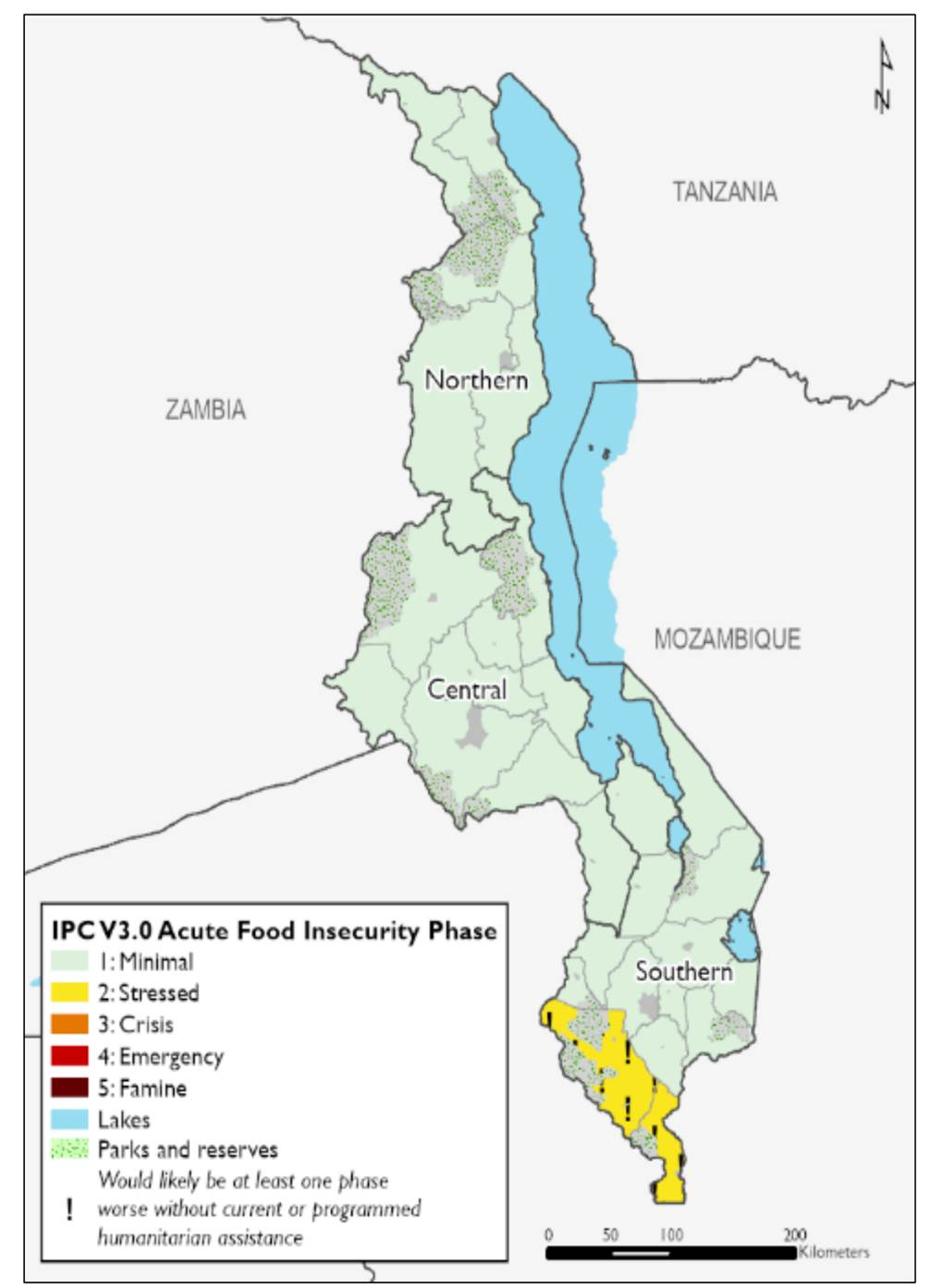Drought conditions at the start of agriculture season pose a risk to food security across Malawi
10 January 2022
On the 4th January 2022, the FEWS NET (Famine Early Warning System Network) published its latest Malawi Food Security Outlook Update. As we enter Malawi’s “hungry season” we are keen to keep members briefed on the state of the rains and the latest forecasts for short and longer-term food insecurity.
Key Messages
- In Malawi, ongoing drought conditions and record low rainfall totals exist across most areas, particularly the Central and Northern regions. This differs significantly from the average to above-average rainfall assumption in the October 2021 Food Security Outlook and previous global, regional, and national weather forecasts for the 2021/22 rainfall season. Preliminary total rainfall is the lowest on record in several areas and substantially below similar periods in 2015, the most recent widespread below-average rainfall season. The revised forecast indicates poor rainfall is expected to continue, likely resulting in a below-average 2022 harvest.
- As a result of the loss of some agricultural labor opportunities and slight increases in food prices, some very poor households across the country will be Stressed (IPC Phase 2) orin Crisis (IPC Phase 3). At the area-level, though, food security outcomes will not shift significantly during the projection period and will remain Minimal (IPC Phase 1) across most of the country. The poor season signals that food security is likely to deteriorate in mid and late-2022 – outside of the current projection period – the time at which the impacts of the current below-average season will more notably affect poor households' food and income sources.
- In Lower Shire livelihood zone districts of Nsanje and Chikwawa, Crisis (IPC Phase 3) outcomes currently exist, driven by poor production in the preceding season and the fact that very poor households lack sufficient income to purchase their basic food needs. However, humanitarian food assistance is planned for January to March 2022 and is likely to support improvement to Stressed! (IPC Phase 2!).
- In the November to December 2021 period, market monitoring reports show high volumes of maize in markets, prompting slight price reductions and stability. In November 2021, retail maize prices ranged between 106-170 MWK per kilogram, between 18 percent and 31 percent below their corresponding 2020 levels, and significantly below the five-year average by between 14 and 33 percent. While below-average trends are expected to continue, upward pressure on prices was observed starting in late December due to atypical informal exports and concerns of a below-average 2022 harvest.
We find the best way of keeping up to date with the latest briefings is to follow the ReliefWeb Malawi page.

